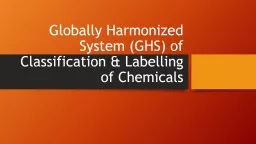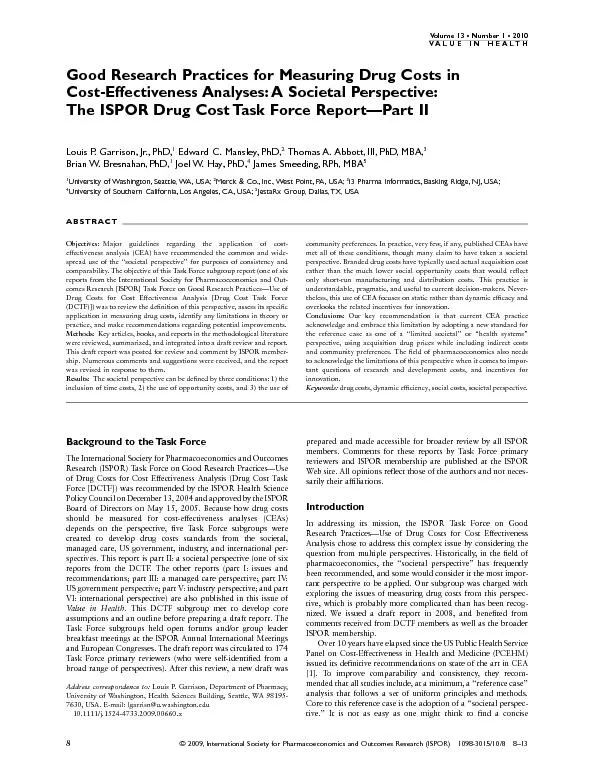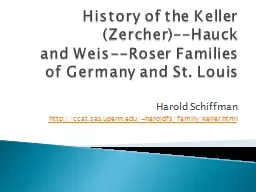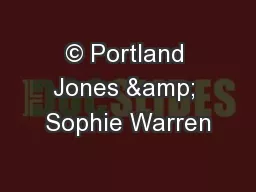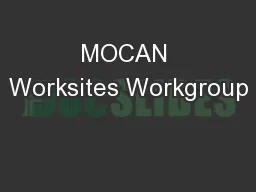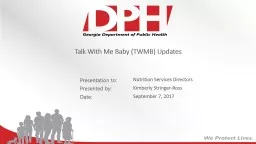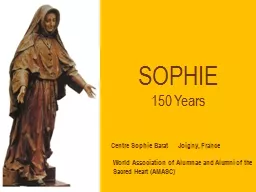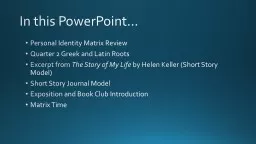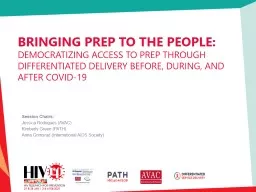PPT-Results from the MOCAN Partnership Survey Sophie Mendelson and Kimberly Keller, PhD
Author : karlyn-bohler | Published Date : 2019-11-02
Results from the MOCAN Partnership Survey Sophie Mendelson and Kimberly Keller PhD January 17 2019 Goals in seeking member feedback To i ncrease membership To enhance
Presentation Embed Code
Download Presentation
Download Presentation The PPT/PDF document "Results from the MOCAN Partnership Surve..." is the property of its rightful owner. Permission is granted to download and print the materials on this website for personal, non-commercial use only, and to display it on your personal computer provided you do not modify the materials and that you retain all copyright notices contained in the materials. By downloading content from our website, you accept the terms of this agreement.
Results from the MOCAN Partnership Survey Sophie Mendelson and Kimberly Keller, PhD: Transcript
Download Rules Of Document
"Results from the MOCAN Partnership Survey Sophie Mendelson and Kimberly Keller, PhD"The content belongs to its owner. You may download and print it for personal use, without modification, and keep all copyright notices. By downloading, you agree to these terms.
Related Documents



